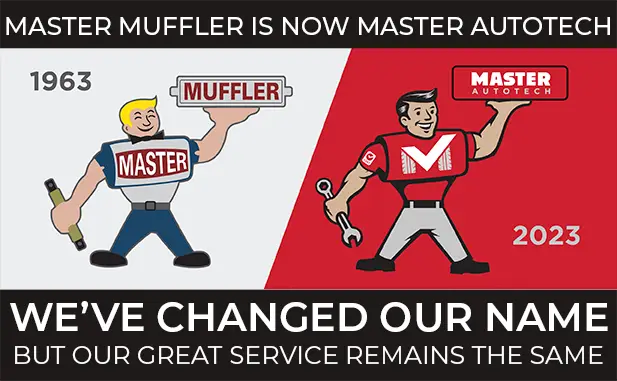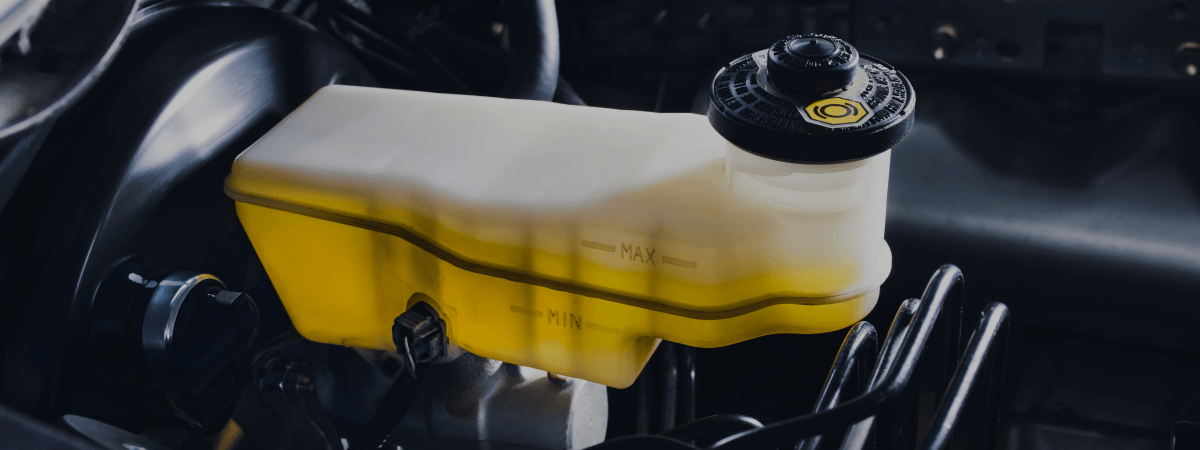When they get a flat tire, many drivers are surprised when their auto repair shop recommends replacing additional tires. If only one is flat, why do you need to replace two? Or all four? The key to understanding this recommendation is learning how your car operates.
The first step is for you to know whether your car is front wheel drive, rear wheel drive or all wheel drive. With front and rear wheel drives, there is usually one set of wheels that carries the bulk of the power. This is the set that is propelling your car down the road, while the other wheels spin freely. In front wheel drive cars, the front wheels have the power while the rear wheels just spin along. Rear wheel drive vehicles are the opposite. With all wheel drive, the computer and the differential work to balance the power between all four wheels, giving you proper control by making sure that the right amount of torque is sent to each wheel.
When you replace only one or two tires, it creates an imbalance because the new tires are slightly bigger than the tires that have been worn down with use. This can mess with the reading that your computer sends to the differential. This causes a strain on your center differential, which can lead to a burn out of your drive train. It can also lead to problems with your transmission and axels.
Because repairs to these three parts of your car can be incredibly expensive, it is highly recommended that you keep all of your tires at consistent sizes. One reason that it is recommended to rotate your tires at consistent intervals is so the tires wear down evenly. It is also why it is recommended to never change only one tire. If you car is front or rear wheel drive, it is possible to only change two tires at a time (making sure that the sets stay together so that they remain even). However, with all wheel drive vehicles, it is highly recommended to always change all four tires. This simple step can end up saving you thousands in repairs and keep your car working at its peak performance level.
Related Posts
Key Takeaways On average, passenger vehicle tires last 40,000 to 60,000 miles, depending on type, driving habits, and maintenance. Replace tires when tread depth reaches 2/32”, if damaged, or older than 10 years. Regular rotation, alignment, and proper inflation extend tire life. Aggressive driving, poor roads, and harsh weather shorten tire lifespan. Take advantage [...]
When you think about car maintenance, you probably focus on oil changes, tire rotations, and maybe even brake pad replacement. But what about your brake fluid? If you’ve ever wondered, “What does brake fluid do?” or “Why is brake fluid important?”, you’re not alone. Brake fluid might not be the most talked-about part of [...]
Is that high-pitched squeal from your brakes driving you—and everyone else—crazy? Don’t ignore it. Squeaky brakes aren’t just annoying, they’re your car’s way of saying something needs attention. Whether you're cruising through Salt Lake City or winding up Idaho’s mountain passes, here’s what’s likely going on, how you can fix it, and when it [...]





